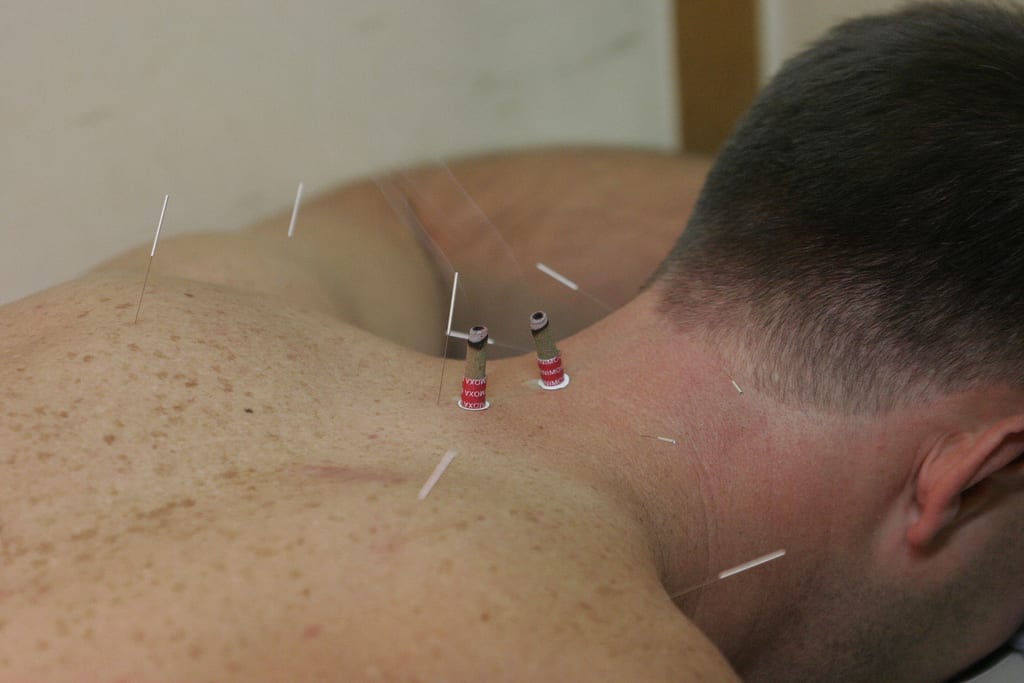Please find below a summary of the latest research into the use of acupuncture for the treatment of chronic pain. The study called ‘Acupuncture for Chronic Pain’ took over 6 years to complete, analysed 17 922 patients cases and looked at the effectiveness of acupuncture treatment for back and neck pain, osteoarthritis, chronic headache, and shoulder pain. If you fancy crunching the numbers, the full article can be found at Arch Intern Med. 2012;172(19):1444-1453. Published online September 10, 2012. doi:10.1001/archinternmed.2012.3654
Acupuncture for Chronic Pain
Individual Patient Data Meta-analysis
Andrew J. Vickers, DPhil; Angel M. Cronin, MS; Alexandra C. Maschino, BS; George Lewith, MD; Hugh MacPherson, PhD; Nadine E. Foster, DPhil; Karen J. Sherman, PhD; Claudia M. Witt, MD; Klaus Linde, MD; for the Acupuncture Trialists’ Collaboration
Background: Although acupuncture is widely used for chronic pain, there remains considerable controversy as to its value. We aimed to determine the effect size of acupuncture for 4 chronic pain conditions: back and neck pain, osteoarthritis, chronic headache, and shoulder pain.
Methods: We conducted a systematic review to identify randomized controlled trials (RCTs) of acupuncture
for chronic pain in which allocation concealment was determined unambiguously to be adequate. Individual patient data meta-analyses were conducted using data from 29 of 31 eligible RCTs, with a total of 17 922 patients analyzed.
Results: In the primary analysis, including all eligible RCTs, acupuncture was superior to both sham and noacupuncture control for each pain condition (P_.001 for all comparisons). After exclusion of an outlying set of RCTs that strongly favored acupuncture, the effect sizes were similar across pain conditions. Patients receiving acupuncture had less pain, with scores that were 0.23 (95% CI, 0.13-0.33), 0.16 (95% CI, 0.07-0.25), and 0.15 (95% CI, 0.07-0.24) SDs lower than sham controls for back and neck pain, osteoarthritis, and chronic headache, respectively; the effect sizes in comparison to noacupuncture controls were 0.55 (95% CI, 0.51-0.58), 0.57 (95% CI, 0.50-0.64), and 0.42 (95% CI, 0.37-0.46) SDs. These results were robust to a variety of sensitivity analyses, including those related to publication bias.
Conclusions: Acupuncture is effective for the treatment of chronic pain and is therefore a reasonable referral option. Significant differences between true and sham acupuncture indicate that acupuncture is more than a placebo. However, these differences are relatively modest, suggesting that factors in addition to the specific effects of needling are important contributors to the therapeutic effects of acupuncture.


